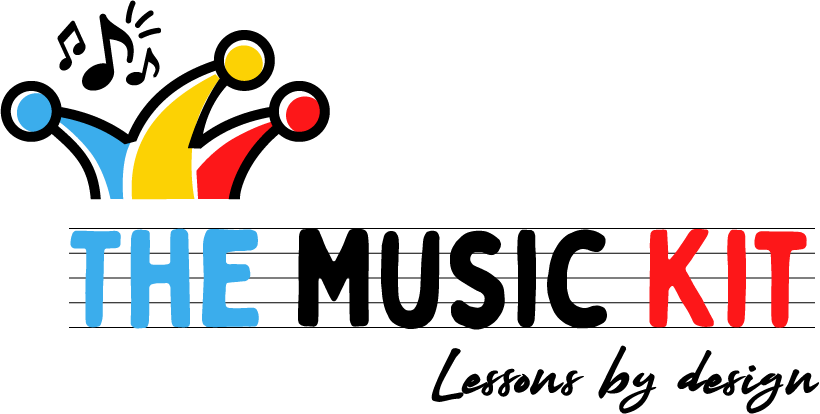Suzuki FAQ
Are Suzuki students Prodigies? Are they ‘gifted’ children who have a special talent for music? Are their parent’s professional musicians?
Fortunately, Suzuki students are normal children whose parents may have little or no musical experience. Their parents have simply chosen to introduce them to music through the Suzuki approach, a unique philosophy of music education developed by Shinichi Suzuki.
Is it true that Suzuki students do not learn to read music?
No. While Suzuki students learn to play with the natural facility before they actually read music, reading is taught rigorously after the child has completed the first level of the method. This sequence mirrors the way children naturally learn to speak a language fluently before they are able to read and recite at the same time. Well-taught Suzuki students become very good, natural readers.
How do I know if my child is ready for lessons or has an aptitude for piano?
A basic tenet of the Suzuki Method is that all children can be taught to play an instrument to a high level. We believe that musical talent is not inborn, but the result of a child’s environment and education. The normal age range in which young children are ready to begin their own individual lessons is from 3-5 years old. After the age of five, nearly all children may be considered ready. The most important element of readiness is the parents’ commitment to providing music education for their child. It is important to remember that parents need no music background to use this approach.
What style of music do Suzuki students study?
The Suzuki Piano repertoire consists of western classical music, pieces by all the familiar composers: Bach, Mozart, Haydn, Beethoven, Schumann, to name a few. There are seven published books of repertoire, after which students may continue studying an established series of classical pieces designed to increase technique and ability. After completion of the seven books, students are fully prepared to enter collegiate music programs. Along the way, many of our students branch out into other styles of playing when they utilize their skills in school, religious, or other community activities. A strong classical foundation allows an easy transition to other styles.
What commitment is required on the part of parents?
Parents play a daily role in their child’s music education by helping them carry out practice assignments, much in the same way that they help their children complete school homework assignments. Suzuki students are not expected to shoulder the entire responsibility for practice until they are teenagers. With a parent acting as a “personal trainer” at home, the dropout rate among Suzuki students is significantly lower than in traditional methods. One parent is designated to attend lessons in order to understand assignments and how to practice at home. It is not necessary that this parent has had any music education of his/her own. Starting at the beginning, it is easy for any parent to understand music to the extent required to provide strong, ongoing support for the child.
Can children with special needs learn to play the piano?
Yes, definitely. Things that may be considered hindrances to learning in the classroom environment may actually benefit the music student. Each student progresses at his or her own rate, and all are able to advance with the encouragement and support of parents, teachers, and peers.
Why do you require that students have an acoustic or digital piano, rather than an electronic keyboard?
Acoustic or digital pianos have weighted keys and respond differently depending on how much pressure the player uses, whereas, electronic keyboards do not. Students who practice on an electronic keyboard develop weak technique and an inability to discern the wide range of physical sounds that may be produced on a piano. Low-cost acoustic and digital pianos are available in abundance and the teacher can help you acquire one.
Why do you require adjustable seating equipment?
The Suzuki Method has made some adaptations to allow small children to begin the study of violin and cello, giving young children child-size instruments and bows and increasing these sizes gradually as the students grow up. There is no reason that a small child needs a small piano, however, but how any player, is seated at the piano is all-important in learning body alignment and balance, things that allow human beings to accomplish astounding physical feats (consider gymnastics, karate, ice skating, horseback riding, to name a few).
All serious pianists use an adjustable chair or bench. Not only is there a wide range of seating heights required for various differences in human body sizes and shapes, but an individual pianist needs to be able to adjust the height of the seat from day-to-day depending on how the body is feeling, or on the type of piece being performed. An adjustable chair is as essential as choosing the right size tennis racket or skis.
In the case of young children, adjustable footrests are also required so that the feet have stable contact with the floor no matter what height the chair. This firm contact is essential in developing good balance and control at the piano. Students who try to practice piano without the benefit of adjustable seating equipment struggle against a great handicap. Removing this obstacle gives students the opportunity to succeed. Good tools are required to do the best job.
*This information is intended for individuals enrolled in the Suzuki Piano Method. All those interested in traditional music study should refer to information under the About Kit tab.
